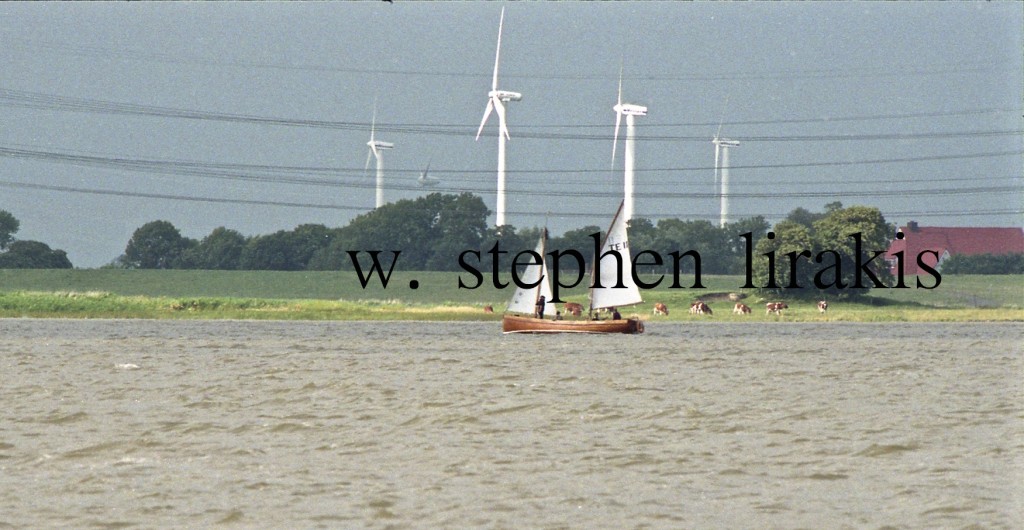
Somehow we are still a long way from solving this problem. I will confess that I am not well informed, but I embrace the concept of wind power. Everyone I have ever spoken to admits that wind power is not yet financially practical.
HRIS BEDFORD: Yes, there is a wind shadow. It can extend miles downwind
from a single large wind turbine and modeling shows the shadows extending
hundreds of miles downwind in the case of large wind farms. There is no such
thing as free energy. Taken collectively, all the world’s wind farms will
have an impact on the global climate in much the same way that burning
fossil fuels does. Other so-called Green Energy “solutions” – such as wave
and tidal power – also have environmental impacts. The only true green
“solution” is to reduce energy consumption.
* How capable are these structures of withstanding extreme wind speeds?
CHRIS BEDFORD: Wind turbines are designed to withstand extreme wind speeds.
Since they are often installed in locations known to have strong winds, this
is a standard requirement. In fact, most turbines shut down during strong
winds in order to protect the equipment from damage. However, like any
engineered structure, there are limits. There are most definitely cases of
turbines failing during storms which exceed design limits or due to control
system problems. Such failures are becoming less common as design,
manufacturing, installation and maintenance techniques improve.
Unfortunately, with the number of installations increasing all the time, the
news of failures will never go away in much the same way that airplanes
still crash from time to time.
* Is that why there are none existing or planned for the Caribbean?
CHRIS BEDFORD: There are wind farms in the Caribbean, however few large wind
energy plants. The main reason has to do with transmission to the users. It
is cheaper and more environmentally sound to build wind farms close to where
the energy is used. So a balance must be struck between building wind farms
where there is wind AND where there is infrastructure to get the power
produced to where it is needed. As is often the case, it comes down to
economics.
